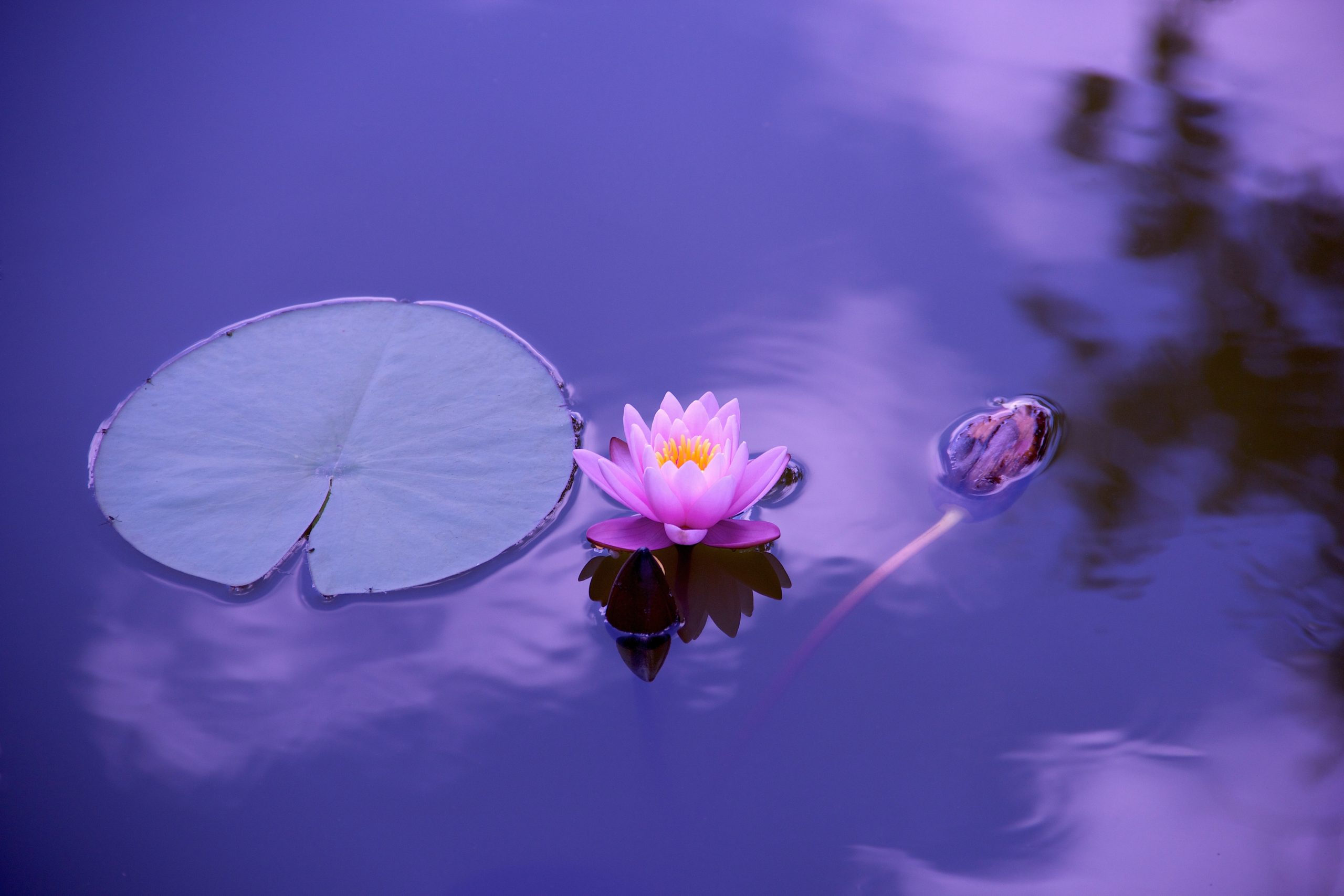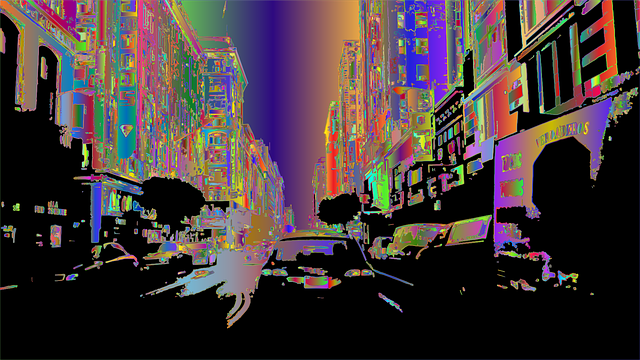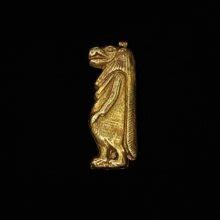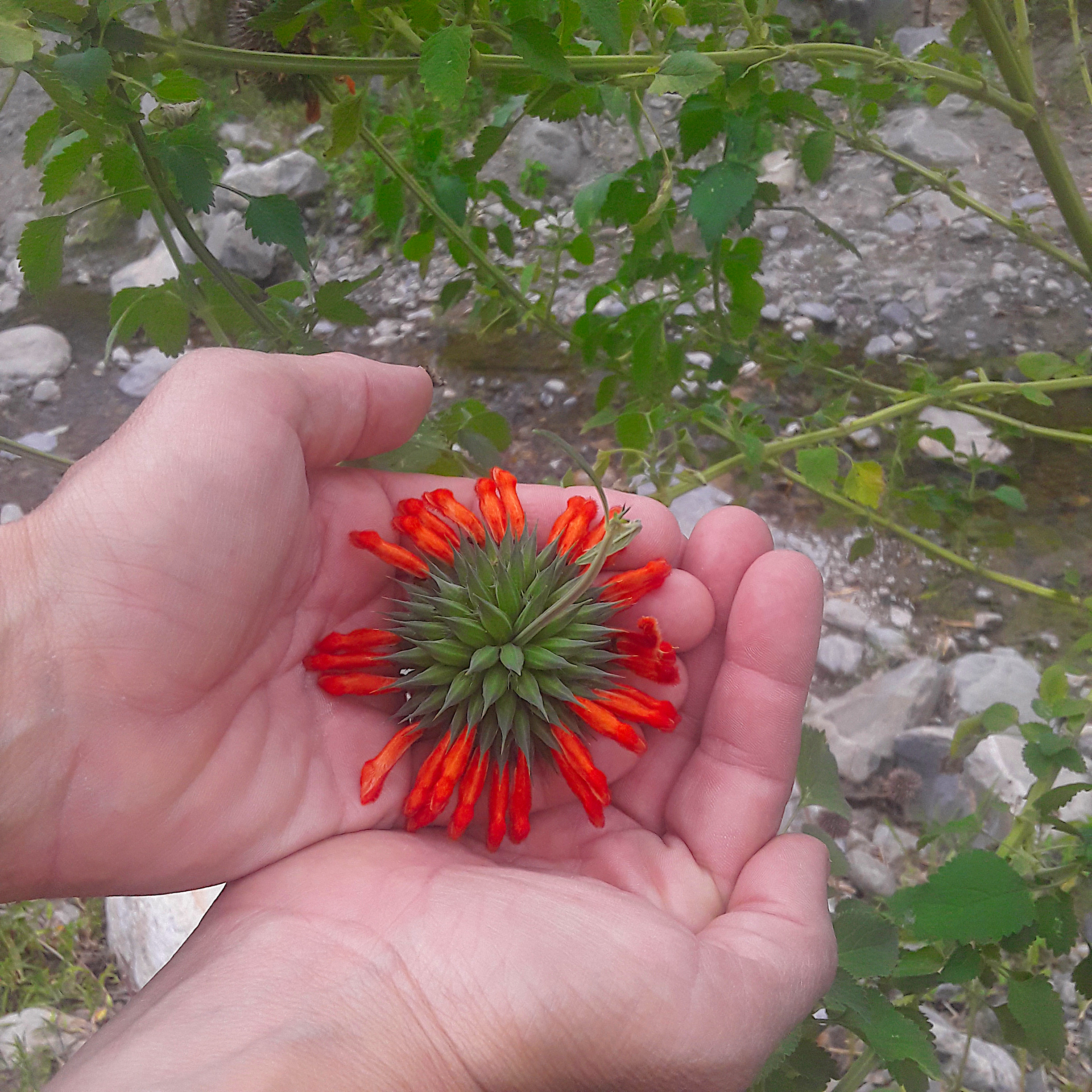Egyptian Blue Lotus Flower Tea
There are few things finer than sitting down to a nice cup of tea. And few teas finer than blue lotus flower tea. Aromatic and naturally sweet, this light and floral herb makes a delightful tisane. Hot or iced, this herbal infusion is refreshing, yet calming, intimate and inspiring. So how do we get the best flavor out of this ambrosial petal.
To make a cup of blue lotus tea you simply make it like any other tea. Some ways you can do this are in a tea bag, in a tea ball, with a sieve or in a french press. You can choose hot, warm or cold brew methods. Let’s take a closer look at how this is done and why you might choose one over another.
Blue lotus tea typically has mild sedative effects. For more of a kick, you might want to consider using extract infused lotus flower for your tea.
We have organic blue lotus flower double infused with powerful lotus extracts available at our shop.
How do I know the blue lotus flower is good for tea?
When you receive your Blue Lotus Flower, it should smell fresh, floral and a little malty. It will seem like a sugary perfume. Pick a brand that smells floral and fresh. It should be dry and slightly crumbly, but not so brittle that it powders instantly to your touch.
If it doesn’t smell nice, or if it smells stale, it probably isn’t the best herb to use as a tea. Make an extract out of the lesser quality petals or buy blue lotus extract from reputable sellers.

How to prepare the blue lotus flower for tea
There are several ways to prepare your lotus flowers for tea. Keep in mind that the brewing method you choose will determine the size of your petal preparation. We will get into that in the next section.
You may may want to use the petal whole or rip them with your fingers. You may cut them with a chopping knife or scissors, mash them in with a mortar and pestle or grind them in a coffee grinder.
Blue lotus flower tea dosage
For whole petal, a three finger pinch is a good amount, or about two to three tablespoons per 6-8 ounces of water. For shredded petal, one to two tablespoons per 6-8 ounces of water is good. For powder, one level teaspoon for a 6-8 ounces of water.
These proportions will make a medium strong flavor for you. Of course that is up to your tastes and personal needs for the moment, and you can adjust your recipe as needed from here.
Some people prefer a very light flavor and mild effects with the blue lotus tea and half the proportions. If you are normally a one tea bag person, you will want to make one recommended portion of this plant as well. If you are a two tea bag person, you will want to double the recipe.
However, if like me you prefer an extra strong experience, then you may want to try the double infused lotus flower that I mentioned above. You can also skip the tea brewing procedure and simply get some blue lotus extract capsules.
We have ultra-potent high quality blue lotus products in our store if interested. But if you already have some lotus flower and simply want some in depth brewing advise, please continue reading on.
Do I use water to make blue lotus flower tea?

You may use water, milk or a light flavored juice like grape or apple. You may infuse each of these with either a hot, warm or cold brew method. Water can be drank any time of day or night. The juice method is maybe, more of a day time treat.
Making a milk tisane is a great before bed treat because the milk enzymes help lull you to sleep and the lotus helps you dream sweetly. You may infuse vinegar, wine or hard liquor but those are more like extractions, less like herbal infusions. For the purpose of this article, we will talk about tisanes, or herbal infusions that make for gentle sipping.
How hot should the tea water be?
You may make your infusion with a hot, medium or cold brew. A cold brew will preserve the most apomorphine, and a warm water extraction below 118 degrees will also preserve almost all of the apomorphine. However a hot water tisane is fine too as long as the water is not at a rolling boil. You will choose your method based on what your purposes are.
For example, a warm milk and blue lotus extraction may be a nice night time sip, preserving more apomorphine and not scalding the milk. This recommendation comes from a.) experience, and b.) recommendations on how to treat prescription apomorphine
How long do I steep the blue lotus flowers?

For cold brew, 5 hours is a minimum, but 12 is ideal. Don’t over brew it. Filter it and place it back into the fridge. For sun tea, two to four hours is ideal.
For warm water 10-15 minutes is nice. For hot water, 2-4 minutes is all that is needed. Learn more about each of these brewing methods in the next section.
How do I brew and filter blue lotus flower tea?
You can use most filtration styles. We’ll get into the details of how to use them in a moment. Some filters don’t work. I don’t recommend an espresso machine. An automatic coffee maker can get clogged and over flow. The French Press can be a challenge, too. Let’s get into several of the methods for brewing and filtering blue lotus tea.
Type of filter:
No filter
Type of tea made:
Hot tea

With a very fine grind you may brew blue lotus flower tea like matcha. You prepare a palm size tea bowl of hot water and sprinkle a fine layer of dust onto the surface. About a teaspoon of fine powder will do. Mix with a bamboo matcha whisk or a mini wire whisk. You may add honey and milk to your blue lotus tea if it pleases you.
Type of filter:
Tea bag
Type of tea made:
Hot cup of tea, warm tea, cold brew, sun tea

For a tea bag you can buy fillable tea bags from a store, or pick a cheap tea bag that has a complimentary tea and shake out the tea. Some cheap teas to shake out that wont interfere with the flavor would be chamomile, green tea, or jamaica/hibiscus. If you buy a tea bag to fill, you will follow the instructions on the box.
If you choose to empty a tea bag you have here’s what to do. Cut open a square bag just below the pressed seal. Open with your fingers or a butter knife a tea bags that has a staple. Empty the bag out into the garbage, or into a bowl if you would like to mix it with the blue lotus.
Then, fill the bag up to three quarters full, but not bulging. Fold the edge over twice and staple it with a staple. Or sew it with a couple stitches if you don’t have a stapler. But the stapler is super easy and fast.
For the tea bag you can use any of the petal sizes, but if you are going to use a powder or very fine shred, this is the best method for you. Here you prepare hot water and pour it over your cup of blue lotus flower tea, about 6 ounces of water. Allow it to sit for two to four minutes. The petals are quite fine, however, and a shorter brew time is acceptable.
For a cold brew or a sun brew, fill a jar or pitcher with clean cool water. Add one bag per 6 to 8 ounces of water. Put the jar into the fridge over night or for at least four hours. With a sun brew, place it outside in the sun for two to four hours, until it changes color and smells nice.
Type of filter:
Tea ball
Type of tea made:
Hot cup of tea, warm tea

For the tea ball I recommend a coarse shred for the lotus petal. Fill one side of the tea ball with flower petals, or one tablespoon. The petals should be chopped down to about medium small size where they are able to swim in the tea ball when placed into the water. Pour a mug of hot water, then place the tea ball into it.
Let it sit without agitation for two minutes. Then gently jiggle the ball for a bit before slowly extracting it from the mug. Allow the excess blue lotus flower tea to slowly drain into mug.
Type of filter:
Hand sieve
Type of tea made:
Hot cup of tea, warm tea, cold brew, sun tea

Whole petal is best for this hand sieve of filtration. Heat your water in a small pot. Place the blue lotus petals into a jar, the pour the hot water over them. Or, turn off the flame, add the petals to the pot. After they have steeped for two to four minutes, pour the liquid through the sieve into the serving cup. Or prepare a jar and leave overnight in the fridge for cold brew blue lotus tea.
Use one to two table spoons coarsely shredded petals per 6-8 ounces of water. After the tisane has sat for two to four hours in the sun, or five hours or more in the fridge, pour liquid over a hand sieve into another jar or pitcher or bowl. Then, wash out the lotus flower petals and pour the filtered liquid back into the pitcher.
Type of filter:
Drip coffee machine
Type of tea made:
Hot cup of blue lotus tea.

For this paper filter or reusable filter automatic drip machine you will want to use coarsely shredded blue lotus petals. You may also want to mix this with coffee or a course herb like rosemary, mate or course green tea.
The filter can get clogged a bit with the petals and over flow. This is a more tricky way to brew a pot. But once you have got your proportions and mix correct, you can make it and forget it.
Type of filter:
French Press
Type of tea made:
Hot tea, warm tea, cold brew, sun tea.

This can be a tricky way to brew the lotus petals. The press can get clogged easily and it can be hard to plunge. For this method make sure the petals are shredded medium fine, but NOT a powder. Whole petals and powdered flower will clog your french press.
It is also a good idea to mix the blue lotus petals with a courser herb like maté or course green tea to mix up the texture and make plunging easier. Add the right proportions for your french press, then add water.
For example, if your press usually makes three mugs of coffee, then you will put in about five tablespoons of shredded flower. Stir with a spoon, depress the plunger so the herbs are submerged, and wait for two to four minutes before plunging the flower all the way down.
Can I mix blue lotus tea with other herbs?



Some recommended herbs to mix with Blue louts flowers are lavender, rosemary, lemon balm, green tea, mate, chamomile, klip dagga, kava, kanna, wild lettuce and California poppy. Blue Lotus is floral and malty, so keep this in mind when pairing flavors. A very teeny, tiny pinch of lavender compliments the the blue lotus tea petal nicely. It is a clean and airy flavor that contradicts the sweet and malty flavor of the lotus.
Think comfortable morning on a wooden porch. A small two finger pinch Rosemary is a great partner herb because it is sharp and heightens the senses while the lotus brings you into this intimate experience.
Rosemary with blue lotus tea would be stimulating without the effects of an energizing drink because it would calm the nerves at the same time as awaken them. Think, warm summer rain. Equal portions of Lemon Balm and klip dagga are great leaves to add to the bouquet.
These herbs activate the gabba 5 receptors, aiding adrenal function and adds to the lucid experiences of the blue lotus. The apomorphine in the blue lotus tea is a dopamine agonist stimulating the D1 and D2 receptors, among others.
This would be great to sip before bed or as a cheer-up cup. Think a friendly hug from a nice person you remember. Green tea goes well with everything. The malty flavors of both herbs blend well together while the floral essence of the blue lotus flower compliments the leafy green flavor of the tea leaf. Think sitting of a comfy cushion thinking about geometry.
Yerba maté is very leafy tasting and is complimented by the floral maltiness of the lotus. Think, sitting by a river with a book in gentle sun.
Chamomile is a nice mix because it tastes a little bit similar and is calming. It mixes well with lotus in that this mix is super calming and relaxing. Think big comfy chair and a blanky.
For a much more potent sedating blend, I recommend our unique blue lotus flower infused with wild lettuce and California poppy.

Dagga is a nice mix with blue lotus too because they are both a bit malty, and they are both nice for making you feel emotionally comfortable and dreamy.
This is a good mix before bed or when you have the blues. Think daydreaming while looking at rainbows from a prism on the floor. And Hibiscus, which is a very strong flavor but a little linear.
Adding Egyptian blue lotus flower gives a little depth to this otherwise simple and pungent tea. Hibiscus tea also reduces high blood pressure when it is brewed hot, so it is complimented by the apomorphine in the blue lotus to calm down a body that is otherwise freaking out.
This combination has the affect of normalizing the body and helping the body function normally. Especially if you have high blood pressure, migraines, diabetes, seizures, and body tremors.
You should look up the health benefits and studies of hibiscus and apomorphine if you are considering using these herbs medicinally, and maybe talk to your doctor. If you are taking pharmaceuticals to affect your organs, do a little extra searching before you start using hibiscus and blue lotus tea with high frequency.
When brewed cold, hibiscus tea has the opposite affect, actually stimulating the cardiovascular system. So, a cold hibiscus and blue lotus tea might be nice for studying or sexy time, or for when you have the blues. Think, calm and confident stride though a social gathering.

So, there you have it. Everything you need to know about how to make blue lotus flower tea and a few reasons why. Plus bonus recommendations for herbs to mix with it. Whether you are drinking for flavor or favor, I hope you enjoy your blue lotus tea. Feel free to comment below on any recommendations or variations you enjoy. Cheers!












